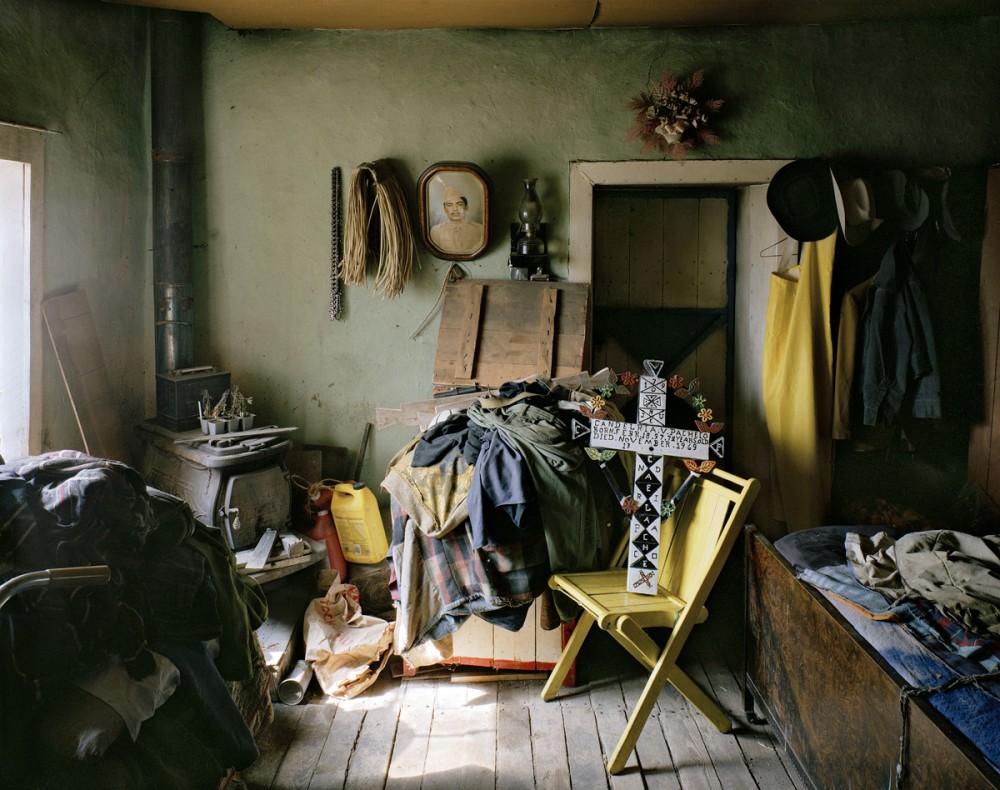
Selected photographs from
RED WHITE BLUE AND GOD BLESS YOU: A PORTRAIT OF NORTHERN NEW MEXICO
For two decades, living in a beautiful and isolated place, among Americans with a distinct language, character, and culture, I have often felt myself an expatriate in my own country.
Many American writers, photographers, and painters decide to leave the familiar in hopes of gaining insight and perspective in another land. Some flee the values and prejudices of provincial America to bask in what seems a more sophisticated foreign light. To harvest their art, others cultivate isolation in a place where responsibilities are few and time for work is ample. For still others, the new country itself is the primary interest. They want to enter and explore it, to render it, to come to know it in every way possible. If they are welcomed, if doors are opened to invite them inside, they may feel so at ease in new rooms, so immersed in another life, that the adopted country begins to look and feel like home, while the country of their birth seems foreign or strange.
Alex Harris, from the introduction to Red White Blue and God Bless You, 1992
Bialquin sits in a yellow chair. On his right leg he holds the cross he carved for his mother’s grave. His left arm, bent at the elbow, rests on his lap, curled fingers lightly touching the edge of the wooden seat. He looks up, green cap tilted back, face half lit: a man of indeterminate age and ambiguous expression. He manages a smile without smiling. For half a minute he neither blinks nor breathes nor swallows. The brightly painted flowers and leaves he fashioned out of slats from a scavenged tomato crate form a .halo around the cross, surrounding his mother’s life.
A decade before, with her name barely dried on that cross – C A N D E L A R I A V. P A C H E C O – dug twice into the soft pine boards with a jackknife, the letters painted first black against white, then white against black – Bialquin decided to fashion a second cross for the graveyard. He wanted this one at the house for a recuerdo, to remember. He hung it next to his father’s cross, outside in the cracked adobe plaster over the front door, where he could greet his parents every day.
From the introduction to “Red White Blue and God Bless You,” 1992



































